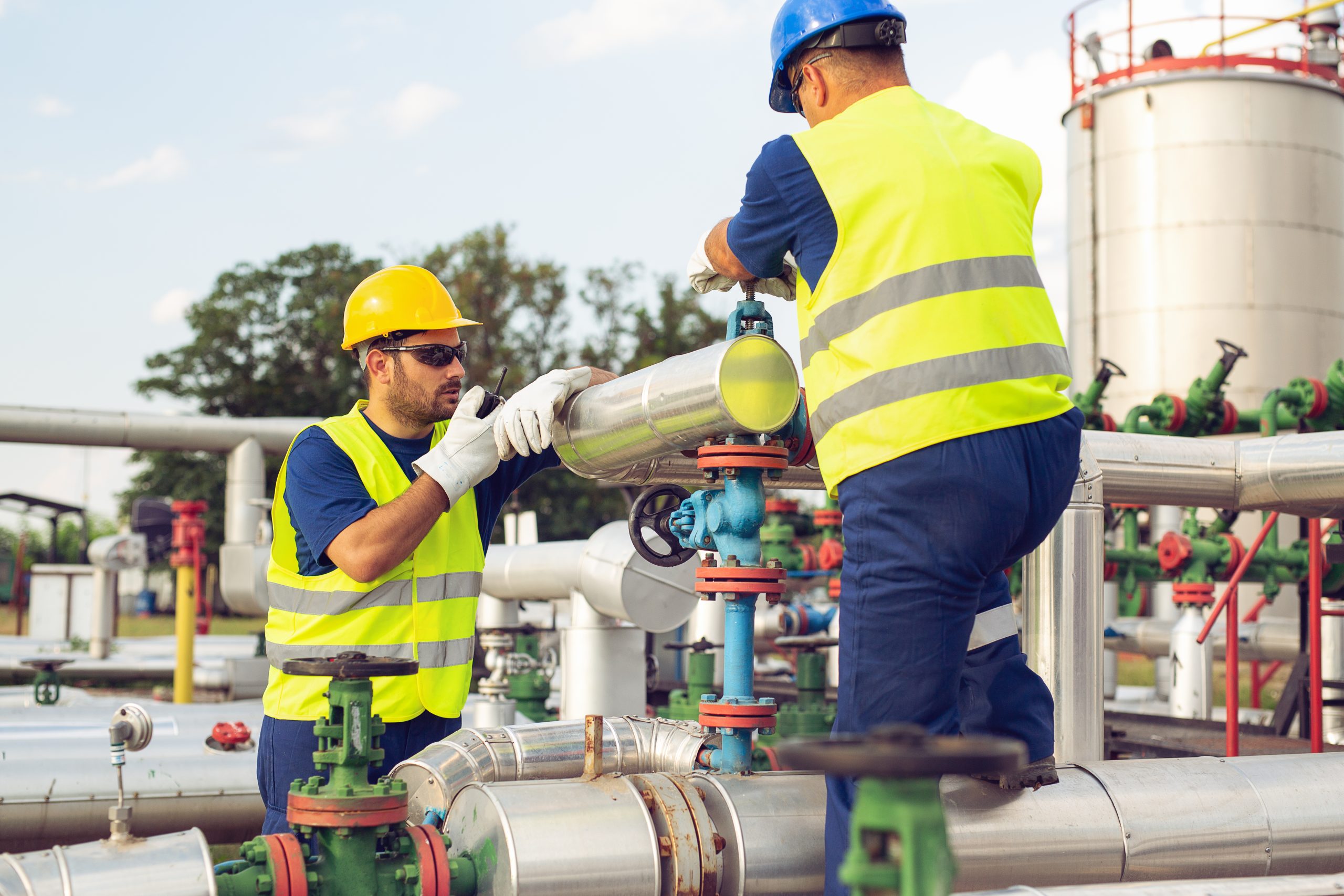Comprehending the true operation, function, and sealing performance of these highly utilized and effective valves.
By Bernard Horsfield
In recent years, the triple offset valve (TOV) has become the go-to choice for high-performance isolation across a range of industries. There remains a persistent and costly misunderstanding in the field: the assumption that TOVs can inherently seal in both directions, just like a ball valve.
This assumption leads to misapplication, operational failure, and unplanned maintenance. It’s often blamed on the valve itself rather than a misinformed specification. Let’s clear this up.
Intended Function and Application of Triple Offset Valves
Triple offset valves were developed for tight shut-off in a single direction, especially in gas, high-temperature, or fire-safe applications. The “triple offset” geometry allows the disc to cam into a metal seat without friction during travel, achieving a bubble-tight, metal-to-metal seal.
In forward flow, the system pressure assists this sealing action. In reverse flow, the pressure works against the disc, and the sealing depending entirely on the actuator’s ability to force the disc into the seat.
The Real Challenge: It’s About Torque, Not Friction
Reverse sealing is not about seat damage, geometry failure, or sliding wear. The issue is mechanical.
In forward flow the disc cams in easily with the help of pressure while in reverse flow, only actuator torque and shaft strength hold the seal. In the event the shaft is undersized, it can’t generate the required force.
The result? The valve leaks.
To solve this, a larger shaft is required to transmit more torque. The critical detail overlooked is the larger shaft changes the valve’s geometry — specifically the third offset — which alters how the disc and seat interact. That means the whole sealing mechanism changes.
Why Reverse Sealing Must be Designed from the Start
A larger shaft or actuator can’t simply be added when needed and expect reliable reverse sealing. Manufacturers who offer true bi-directional sealing in a TOV design it in from the outset.
They also consider:
- Shaft diameter and material
- Offset positions
- Disc profile and cam angle
- Torque transmission through the entire operating cycle
Without this engineered balance, reverse sealing is not dependable, especially under high pressure or in gas service. Despite this, some spec sheets still claim “bi-directional sealing” as a checkbox item, leading engineers and end users to expect performance that the valve isn’t designed to deliver.

Why Triple Offset Valves Get Mistaken for Ball Valves
The TOV is often treated like a ball valve since it’s expected to seal bi-directionally, metal-to-metal, and bubble- tight in all conditions. However, the only formal fire-safe, metal-seated, bubble-tight valve standards were written for ball valves, not butterfly or TOV types.
When TOVs began achieving similar shutoff classes and fire-safe ratings, many assumed they were functionally equivalent—just lighter. Triple offset valves depend on directional, geometry- sensitive cam sealing. Assuming they behave like ball valves leads to costly surprises.
The Source of Confusion
Some end users still treat triple offset valves like ball valves since:
- They expect symmetry in sealing.
- They assume metal-seated equals “rugged.”
- They do not understand the critical role of flow direction in the sealing mechanism.
Additionally, procurement practices often emphasize “standardization” and low cost over application-specific design, which further compounds the issue.
This can be rectified by educating teams on the flow-directional nature of TOV sealing as well as by specifying reverse sealing only if it is truly needed (a huge percentage of applications are for unidirectional flow yet bi-directional is still insisted upon).
It is also recommended to request evidence of engineered capabilities, and to not use TOVs like ball valves. Think of them more like precision isolation or control valves with complex geometry and mechanical dynamics.
Conclusion
Triple offset valves are exceptional when used as intended. Unless reverse sealing is part of the original design — including shaft sizing and offset geometry — you’re not just asking a valve to do more; you’re asking it to do something it was never designed for.


